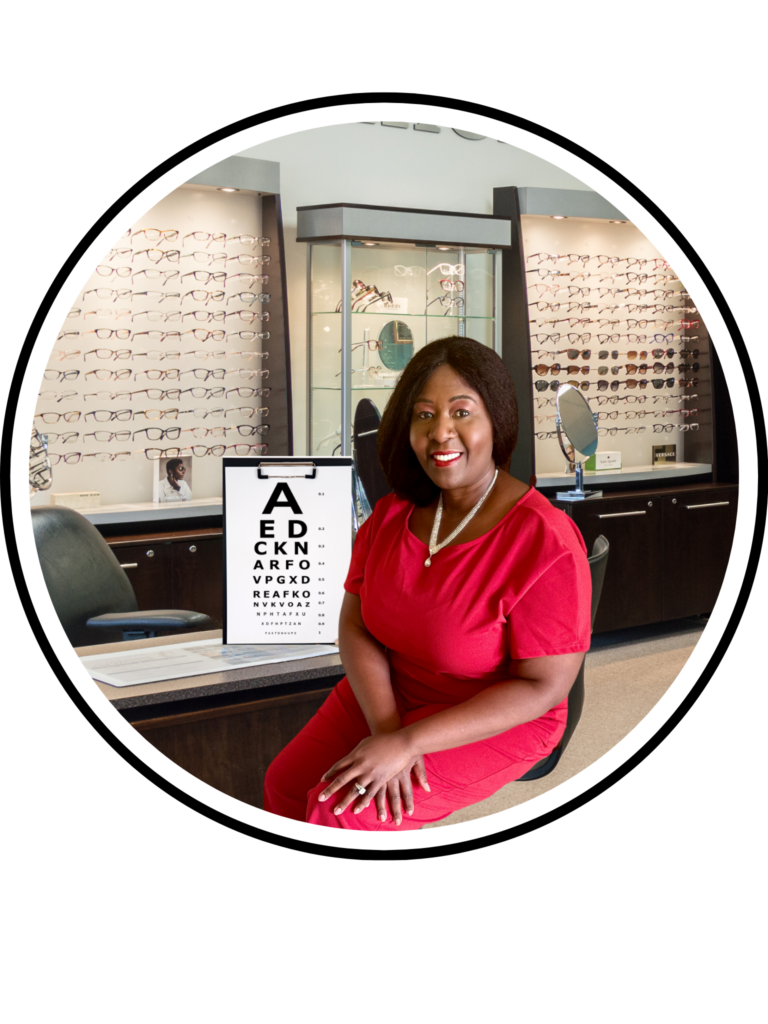How To Calculate Capture Rate – CEO of YOU®

How to Calculate Capture Rate and Take Control of Your Practice Finances Like a Diva
Track. Learn. Grow. Reign.
Have you ever finished a busy clinic day, looked at your schedule, and thought, “I saw so many patients today—but where’s the revenue?”
You’re not alone, Diva.
“Revenue is vanity. Profit is sanity. But data? That’s where the magic happens.” – Unknown
Today, we’re diving into one of the most powerful practice growth metrics you can master: the Capture Rate.
Tracking your capture rate allows you to see what’s working, what’s not, and where money is slipping through the cracks. When you understand your numbers, you take control of your outcomes—and that’s how you build a profitable, purpose-driven practice.
What Is Capture Rate?
Your capture rate compares the number of patients you provide services to, with the number who actually invest in the solutions you prescribe.
It measures the effectiveness of your:
-
Optical sales
-
Contact lens recommendations
-
Specialty services
-
Auxiliary testing
-
And more
In other words, it’s the bridge between patient care and practice revenue.
“You can’t improve what you don’t measure.” – Peter Drucker
How To Calculate Your Eyeglasses Capture Rate
Let’s break it down:
Step 1: Calculate the Average # of Refractions Per Day
Example:
-
240 refractions in July
-
Office open 22 days
-
240 ÷ 22 = 11 refractions/day
Step 2: Calculate the Average # of Eyeglasses Sold Per Day
Example:
-
149 eyeglasses sold in July
-
149 ÷ 22 = 7 pairs/day
Step 3: Calculate the # of Eyeglasses Sold Per Refraction Per Day
-
7 ÷ 11 = 0.636 glasses sold per refraction
Step 4: Calculate the Capture Rate %
-
(7 ÷ 11) × 100 = 63.6%
That’s your Eyeglass Capture Rate for the month.
Is that good? It depends on your goals, team performance, and industry benchmarks.
(Click here for 2018 MBA industry norms.)
How To Calculate Contact Lens Capture Rate
Step 1: Average # of Contact Lens Exams Per Day
-
82 exams in July
-
82 ÷ 22 = 3.7/day
Step 2: Average # of Patients Who Bought Contacts Per Day
-
49 purchases in July
-
49 ÷ 22 = 2.2/day
Step 3: Contact Lens Capture Rate %
-
(2.2 ÷ 3.7) × 100 = 60.1%
This is your Contact Lens Sale Capture Rate.
Want to go deeper? You can also calculate your Annual Supply Capture Rate by dividing:
-
of patients who purchased annual supply
by
-
# of total contact lens buyers for the month
How To Calculate Retail Price Point of Best-Selling Frames
Step 1: Break Inventory Into Price Categories
-
Economy – Under $250
-
Trendy – $251–$399
-
Designer – Over $399
Step 2: Identify Your Best-Selling Line
Example: Your best-selling frames are priced at $279.
That puts your hottest line in the “Trendy” category.
Why this matters: It tells you where your patients are most comfortable spending, and how you can adjust inventory, messaging, or promotions to boost profitability.
Diva Success Story: Turning Data Into Dollars
Dr. Michelle used to dread reports. “I was afraid of what I’d find,” she said.
Then, she decided to face her fear and track her capture rates monthly.
The results?
-
Glasses capture rate improved from 48% to 72%
-
Increased profits by $96,000/year
-
Inspired her staff to set monthly sales goals
“I realized I wasn’t failing—I just wasn’t tracking. Now I feel in control. Like a CEO.” – Dr. Michelle, Optometry Diva®
Why This Matters: Numbers Don’t Lie
Tracking your capture rate will:
-
Reveal patterns and performance gaps
-
Help set realistic growth goals
-
Empower you to train your team
-
Build long-term practice wealth
Most importantly? It helps you become the confident financial leader your business needs.
Ready to Get Started?
If you’re thinking, “This sounds great, but I don’t know where to start,”
You’re not alone. We’re here to help.
Contact Us Today to schedule a consultation or join a Financial Health Workshop. Let us help you Dream big. Take risks. And become the CEO of YOU®!
Click Here to Connect With Optometry Divas®
Empowerment Resource Library
📘 Books
-
Profit First for Optometrists – Chris Lopez, O.D.
-
The E-Myth Revisited – Michael Gerber
-
Simple Numbers, Straight Talk, Big Profits! – Greg Crabtree
-
Smart Women Finish Rich – David Bach
-
The CEO of YOU® – Dr. Lauretta Justin
📄 Articles
Videos & Podcasts
Disclaimer
This blog is for educational and informational purposes only and does not constitute financial, medical, or legal advice. Always consult a qualified professional for personalized guidance.







Responses